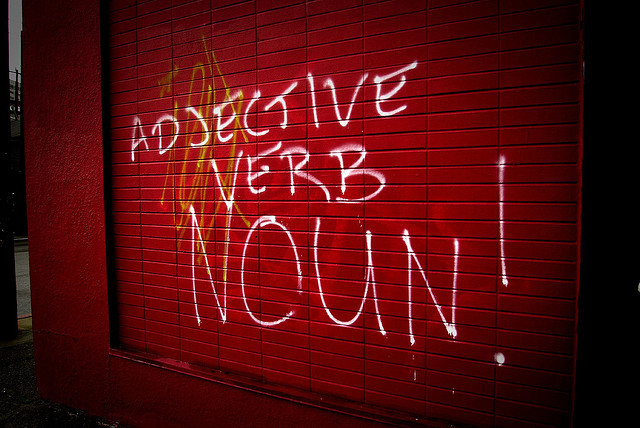As a profession, public relations evokes images of media pitching or crisis management. But according to the 2018 USC Annenberg Center for Public Relations Global Communications Report, writing is the skill most valued by PR recruiters. That makes sense; persuasion is fueled by artful storytelling, and despite the growth of video, many stories are still told through the written word. Successful PR people tend to be good writers; yet even more impressive than the quality of good PR writing is its versatility. From blog posts to media pitches, we shift gears constantly, adapting to many different kinds of written content.
Less is more
Media pitches and social posts require writers to pack the most punch into the lowest word count. We must convince a reporter that our story is relevant, important, and entertaining enough to publish – often in no more than three sentences. More accurately, we have to convince them in one short sentence: as most PRs know, the email subject line is critical. For more fundamentals on how to pitch the media, see this earlier post.
Bylined articles
One of the most effective engines of executive visibility is the bylined article, which B2B PR experts routinely help craft. When penning a byline, the writer must simultaneously capture the voice of the executive and adhere to journalistic style. It can come down to a compelling, non-promotional point of view in 500-700 words, with both editors and readers in mind. On top of that we must keep SEO and PR messaging in mind while trying to write entertaining prose that dazzles the reader. Bylines are harder than they look; if you want to know the secrets of byline best practices, see this earlier post.
Am I boring you?
There’s an ongoing debate about the role of the press release, which is pronounced dead every few years. It’s not the most creative PR product, but the news release is still essential for announcements – and don’t forget the power of SEO. One of the first documents PR people learn to write, press releases are ideally a single page, written in sound journalistic style (give ‘em the 5 Ws), peppered with an executive quote or two, and ending with a company boilerplate. Clearly they aren’t designed for home runs, but they’re PR’s utility player, useful for building a record of company progress. See this earlier post for more on uses for the modern press release.
The long game
The white paper has its own specific audience and purpose that separates it from other PR content. White papers offer insights in a long format and they’re generally written in a more academic style than a press release or byline. White papers are key collateral in the B2B world, as they can enjoy a long life as educational documents designed to move sales prospects toward buying decisions – while remaining overtly non-self-promotional. PR writers can afford to get further into the weeds in white papers, since they aim for an educated and narrow audience. Although often used to develop sales and marketing leads, white papers can also boost credibility and the perception of expertise or authority for company executives.
Making your case to hoist the trophy
Winning industry awards demands one of the more highly specialized type of PR writing. Most tech industry award competitions like those put on by the Drum, Digiday, and many other trade publications require entrants to compose 500-1000-word essays that persuade judges you have the best product, service, team, or software. PR pros must pivot from journalistic or academic styles, instead writing with a storyteller’s hat, detailing how the product or service solved a customer’s problem – otherwise known as a case study. See this earlier post for tips on winning business awards. PR writers often help write case studies used on the company’s website, and if the customers or accomplishments are high profile enough, can be pitched to reporters as a success story.
A blog-eat-blog world
PR people can relax the journalistic muscles when writing blog or LinkedIn posts for clients’ owned media channels. While blogs can fulfill lots of different of objectives, some formats allow PR writers to add a little flair, be more opinionated, and even a bit self-promotional. Blog posts can be key thought leadership assets and even help reflect the personality of the executive and the brand. Further, many companies use blogs content to communicate directly with both internal and external stakeholders, requiring more carefully measured tones.
At one point or another, PR pros must write like reporters, professors, salespeople, teenagers (social media), and novelists. When not working on the types of assets above, PR pros are busy writing emails and slack messages – requiring another whole brand of finesse. Do you know a professional that demands more versatile writing chops? For some simple tips on improving your PR writing, see our earlier post.




